Sugar and starch
When learning or researching about equine nutrition it won’t be long until you come two words that you will see repeated a lot! Those two words are sugar and starch. Traditionally working horses were fed cereals such as barley and oats to fuel the energy they needed to pull ploughs and transport people, however the way we use horses has changed over the years and alongside increased knowledge we now know that overfeeding starch rich cereals and sugar from pasture can be detrimental to many horses and ponies.
Jargon busting
The different terms used to describe starch and sugar can sometimes cause confusion. Here’s a quick guide to busting the jargon:
- Non-structural carbohydrate (NSC) = starch + water soluble carbohydrate
- Water soluble carbohydrate (WSC) consists mainly of simple sugars such as sucrose and fructan
- Fructan is the ‘storage’ form of sugar in the majority of UK grasses and consequently hay and haylage
What is starch and where is it found?
Starch is a soluble or non-structural carbohydrate, its primary role is to store energy in plants including grains, fruits and vegetables. It’s made up of long chains of sugar (glucose) molecules that are connected. When consumed by humans or animals the body breaks down starch molecules into glucose, which is the body's primary fuel source.
What is sugar and where is it found?
Sugar is a carbohydrate and is broadly categorised as a monosaccharide or an oligosaccharide which also includes disaccharides. Monosaccharides consist of one unit and include glucose, fructose, mannose and galactose; disaccharides consist of two units and include sucrose (the sugar you put in your tea!) lactose (milk sugar) and maltose (makes Maltesers taste so yummy!). Oligosaccharides contain multiple units and include fructo-oligosaccharides found in vegetables and forages.
Where does WSC (water soluble carbohydrate) come in?
WSC refers to carbohydrates that are soluble in water and includes the sum of simple sugars plus fructans. It is mainly used to measure the soluble carbohydrate fraction of forages. If you have a horse or pony prone to laminitis it is advisable to get your hay or haylage analysed for WSC or NSC (by wet chemistry) as this will help to determine whether it is suitable (some feed companies can arrange this for you). Forage for laminitics should contain less than 10-12% NSC (WSC + starch). However, as UK forage consistently contains very little starch (around 2% or less), testing for WSC rather than NSC is often sufficient.
Is sugar unnatural to the horse?
No, horses have evolved to eat forages which photosynthesise to produce sucrose as their primary fuel source. This is probably why horses tend to prefer sweet tasting foods and why traditionally horses were given sugar lumps as a treat. The horse’s digestive system has adapted well to digesting and absorbing sugar. The problem comes when they become overweight, unexercised, not allowed to lose weight over the winter and turned out on improved rich pastures all of which can affect a horse or pony’s metabolism making it more difficult to handle sugar in their diet.
What about grass?
Did you know that the largest contributor to the sugar your horse consumes is grass and forage. Often owners are very concerned about the sugar content of horse feeds but in reality, most cubes, mixes and chops are around 4-6% sugar compared to grass that could easily be around 7.5% sugar (sucrose) and up to 35% WSC. However, it is not just the percentage level that tells the story it is how much of that feed your horse or pony consumes. Out 24/7 ponies can consume up to 5% of their own bodyweight; for a 350kg pony this is a staggering 17.5kg of grass (dry matter) which could equal 1.3kg or nearly 1.5 bags of sugar and considerably more WSC! Compare this to the recommended amount of compound feed which would contribute 100 grams or 8 tbsp of sugar. So, if you want to cut the sugar down in your horse’s diet focus your efforts on restricting his grass intake and don’t worry unnecessarily about 1 or 2% in a compound feed.
Can you have a sugar free feed?
It is near impossible to get a completely sugar free feed. Pure sugar like you would add to your tea is not included in horse feed; the sugar that is present comes from the ingredients that the feed is made from. Think of fruit we view it as a healthy snack but it stills contains sugar. Therefore, all horse feeds could be marketed as no added sugar.
Molasses is pure sugar isn't it?
No, molasses is a byproduct of the sugar processing industry and can come from either sugar beet or sugar cane. Molasses is what is left after the sugar extracting process. In terms of the sugar content it can vary depending on the processing and if it has been mixed with other ingredients such as oil but in general it will lie between 30-50% sugar (mainly sucrose the same type of sugar that is found in grass). Molasses is typically added to feed at 5-10% therefore it may contribute approx. 2-4% sugar to a feed, which is often fed in low amounts compared to grass and forage. Again, molasses has become a large fear factor for horse owners but the facts don’t really justify this. Molasses free feeds will still contain some sugar and for the amount of sugar it contributes to the whole diet it shouldn’t be the main focus in reducing it.
Can horses be allergic or intolerant to sugar?
No, sugar intolerances are a myth. Allergic reactions related to food are very rare and are often in response to a foreign protein that the immune system reacts to. Intolerances are a non-allergic response and typically are seen when a certain enzyme is deficient for example gluten intolerance in people. Sugar doesn’t cause allergic reactions, and intolerances displayed as behaviour or digestive problems are often caused by an overload of cereal starch not sugar as simple sugars are easily digested in the small intestine.
So should I be worried about sugar and/or starch?
In a healthy, exercised horse that is in ideal body condition sugar is very easily digested and therefore unlikely to cause any issues. Although, there is no doubt that in horses and ponies that are overweight, unexercised and/or prone to conditions such as laminitis water soluble carbohydrate intake (which includes sugar) should be limited. However, when looking at strategies to do this grass and forage should be your first port of call as these are the largest contributors of WSC in the diet.
The next focus should be on reducing the use of cereals, as cereals that are included in compound feeds will have a larger effect on glycemic and insulinemic response and any underlying insulin dysregulation than the relatively small amount of sugar that they contain. A good guide is to keep starch even in healthy horses under 1 gram per kilogram bodyweight per meal to reduce the risk of starch overloading the small intestine and causing hindgut disruption. As a guide for those horses and ponies prone to laminitis try to keep the starch and sugar combined less than 0.5 grams per kilogram bodyweight per meal, and for those severely insulin dysregulated speak to a nutritionist for specific advice.



